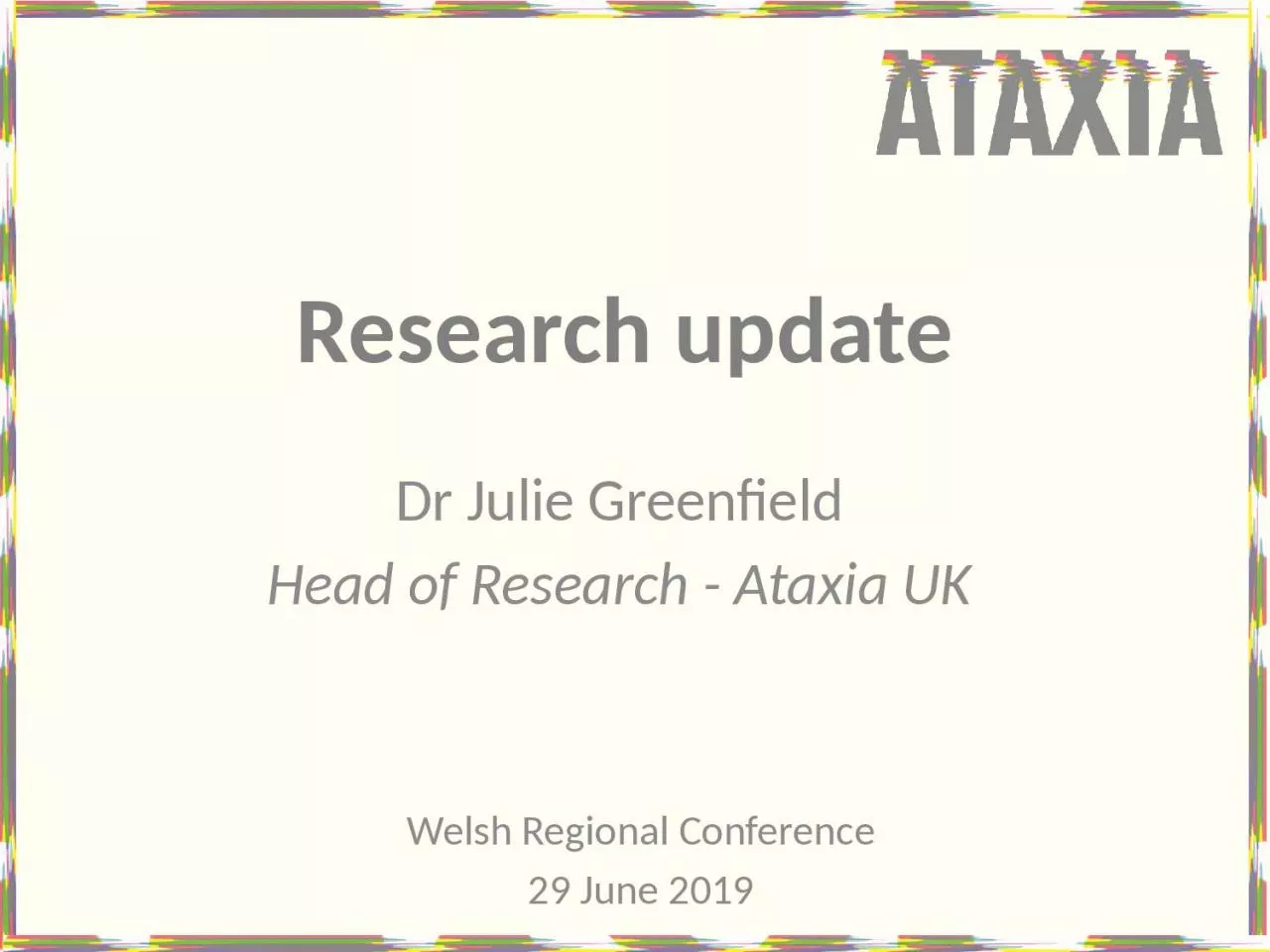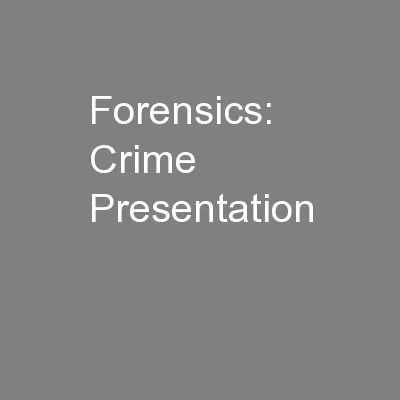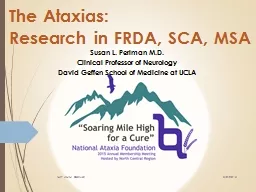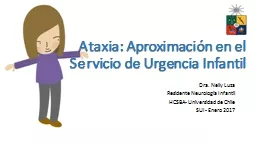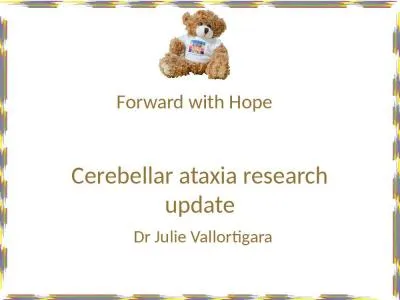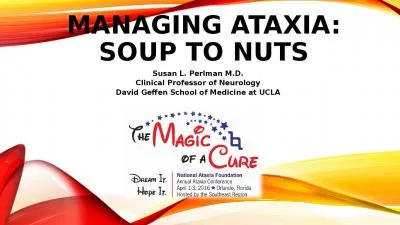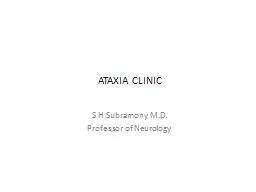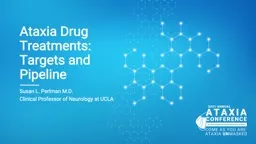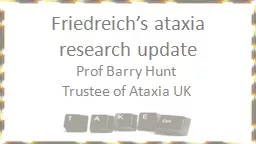PPT-Dr Julie Greenfield Head of Research - Ataxia
Author : CutiePatootie | Published Date : 2022-08-04
UK R esearch update Welsh Regional Conference 29 June 2019 Developments in diagnosis Inherited ataxias Noninherited ataxias Developing treatment Genetics approaches
Presentation Embed Code
Download Presentation
Download Presentation The PPT/PDF document "Dr Julie Greenfield Head of Research - A..." is the property of its rightful owner. Permission is granted to download and print the materials on this website for personal, non-commercial use only, and to display it on your personal computer provided you do not modify the materials and that you retain all copyright notices contained in the materials. By downloading content from our website, you accept the terms of this agreement.
Dr Julie Greenfield Head of Research - Ataxia: Transcript
Download Rules Of Document
"Dr Julie Greenfield Head of Research - Ataxia"The content belongs to its owner. You may download and print it for personal use, without modification, and keep all copyright notices. By downloading, you agree to these terms.
Related Documents

